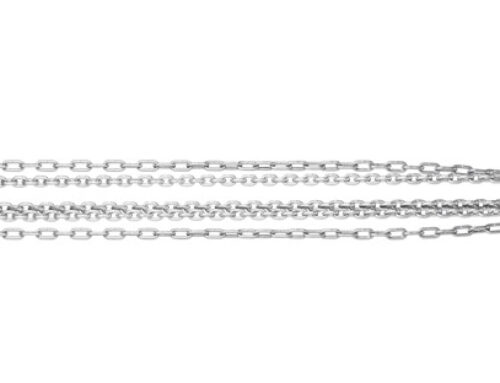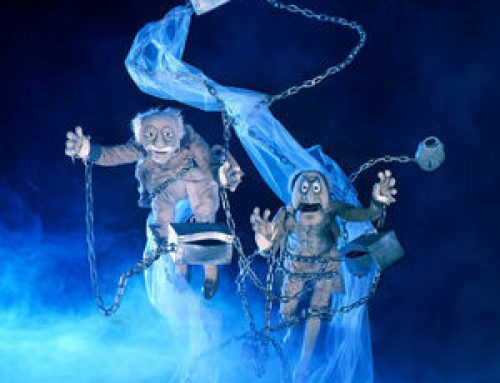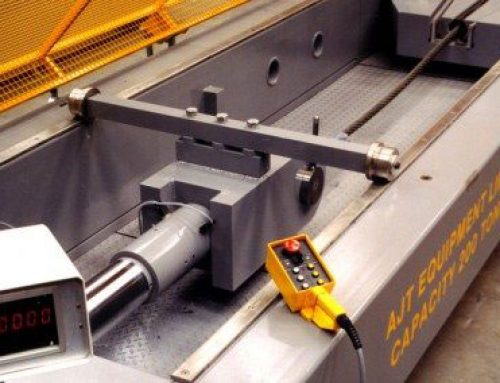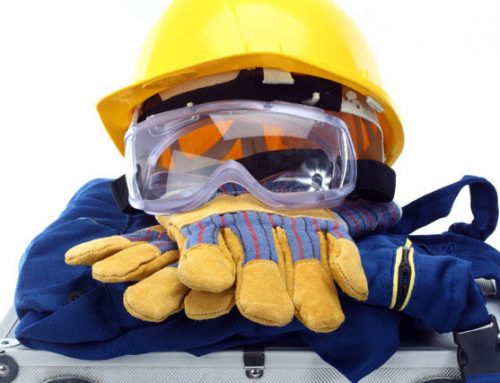A lot of weightlifting goes on behind the scenes of major sporting venues, and it’s not just the athletes hoisting the weights.
For fans and athletes alike, it’s hard to beat the thrill of the energy inside the stadium. It’s a force that binds team spirit and motivates competitive peak performance.
The stadiums set the stage for epic experiences. Yet probably little thought is given in the stands or on the field to the behind the scenes, pre-game, pre-season, pre-opening day construction of what becomes a destination that has its own energy and almost seems to be alive in its own right.
However, this is something that is almost always foremost on our minds. It’s hard to be in the construction business and look past the genius and the resources that are required for building these venues.
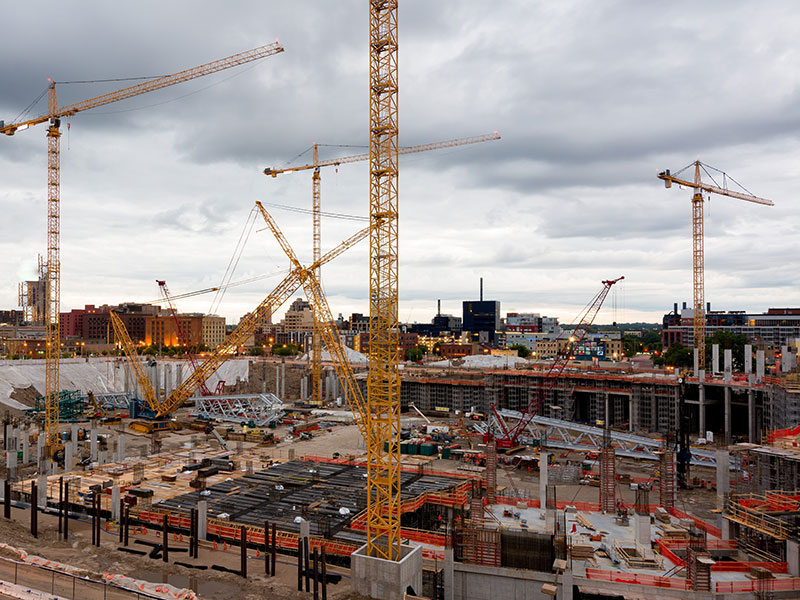
Industrial Wire Rope plays a role in stadium construction project
Industrial Wire Rope completed an assignment recently that was part of the construction project for CITYPARK in St. Louis, the new home of the city’s Major League Soccer franchise, the St. Louis City SC. The scope of building a new major league stadium is immense. Although “behind-the-scenes” definitely describes our role, it was exciting to play a part in it.
That may be an obvious statement, but sometimes it’s taken for granted as work progresses day-to-day. Then, suddenly the project, as enormous as it has been, is done. When we stopped to really consider all the planning, detail and precision work that goes into stadium construction, we found some fascinating stories.
While many of the statistics behind the construction of CITYPARK are still in files that someday will be assembled into its own story, a Wire Rope Exchange post provided amazing details behind the construction of US Bank Stadium just up the Mississippi River from us in Minneapolis; it was also built by Mortenson, the company behind the construction of CITYPARK.
Project Construction Statistics
The statistics are jaw-dropping. Just consider all the industrial rope required for this:
- 18 cranes were installed on-site for erection of steel and concrete columns.
- The project took 22 million pounds of steel.
- The structure includes 1,200 concrete columns.
- At just the halfway point of completion, ten queen’s post trusses had been installed: each queen’s post truss:
- weighs 280,000
- measures 190 feet long by 11.5 feet wide.
- The heaviest piece of steel structure on the project was the ridge truss, weighing in at 653,000 pounds (715,000 pounds including the rigging weight associated with the erection of the truss).
The heavy lifting was not confined only to the hoisting of steel and concrete. As told by Wire Rope Exchange in this post, the engineering and project management effort was extraordinary:
“…It took one of Mortenson’s project managers four hours a day to coordinate which crane would move at what time and where on the project to avoid any accidental collisions.”
Safety Equipment
In the construction of CITYPARK, the behind-the-scenes role Industrial Wire Rope played was important and practical, providing safety equipment that rarely shows up in statistics. In fact, the average fan – or industry media reporter – might never know we were there. Before seating is installed, working on the walls of the stadium can be particularly risky, and Industrial Wire Rope provided product designed for fall prevention.
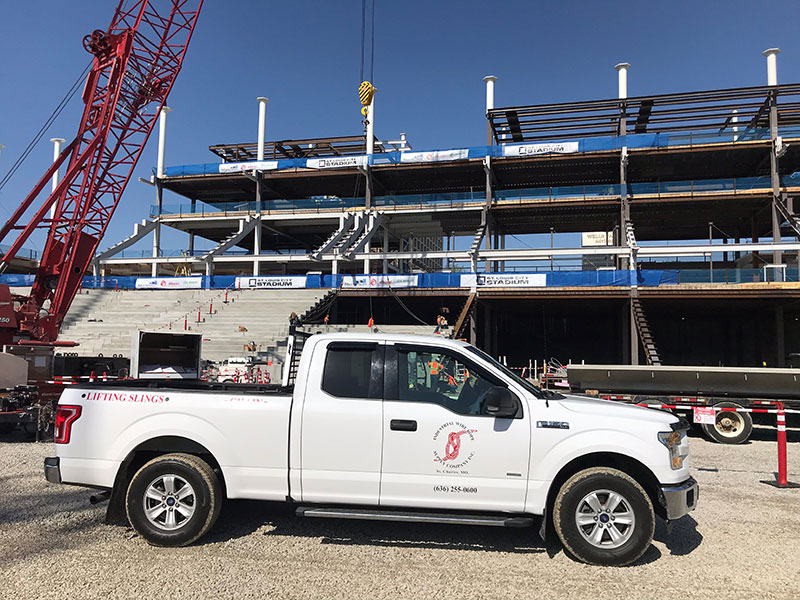
Industrial Wire Rope truck on site at construction of CITYPARK, home to St. Louis City SC.
Little do fans know that long, long before the coin toss, construction workers occupied the area, installing seating, railings, and other features. To prevent dangerous falls while working on high and narrow ledges, the workers were harnessed to a system that included anchorage points to take the force of a possible fall. Along with connectors like shock-absorbing lanyards or self-retracting lifelines, the system was designed to hold body weight that is accelerating in a fall, minimizing potential for serious injury.
Now complete, CITYPARK is a beautiful addition to the cityscape. With a view of the iconic St. Louis Arch just several blocks down the street, a welcoming plaza surrounds the stadium for fans to gather before and after the game. A unique feature is that the pitch sits 40 feet below street level, with every seat within just 120 feet. That fan energy mentioned earlier: the CITYPARK canopy design provides the most extensive coverage in MLS. Not only does it protect fans from the sun, rain, and snow, all of which can be fierce in St. Louis, it will heighten fan sound and energy.
It’s not every day that a project like construction of a major league stadium comes along. For Industrial Wire Rope, it was a fascinating and unique experience.

